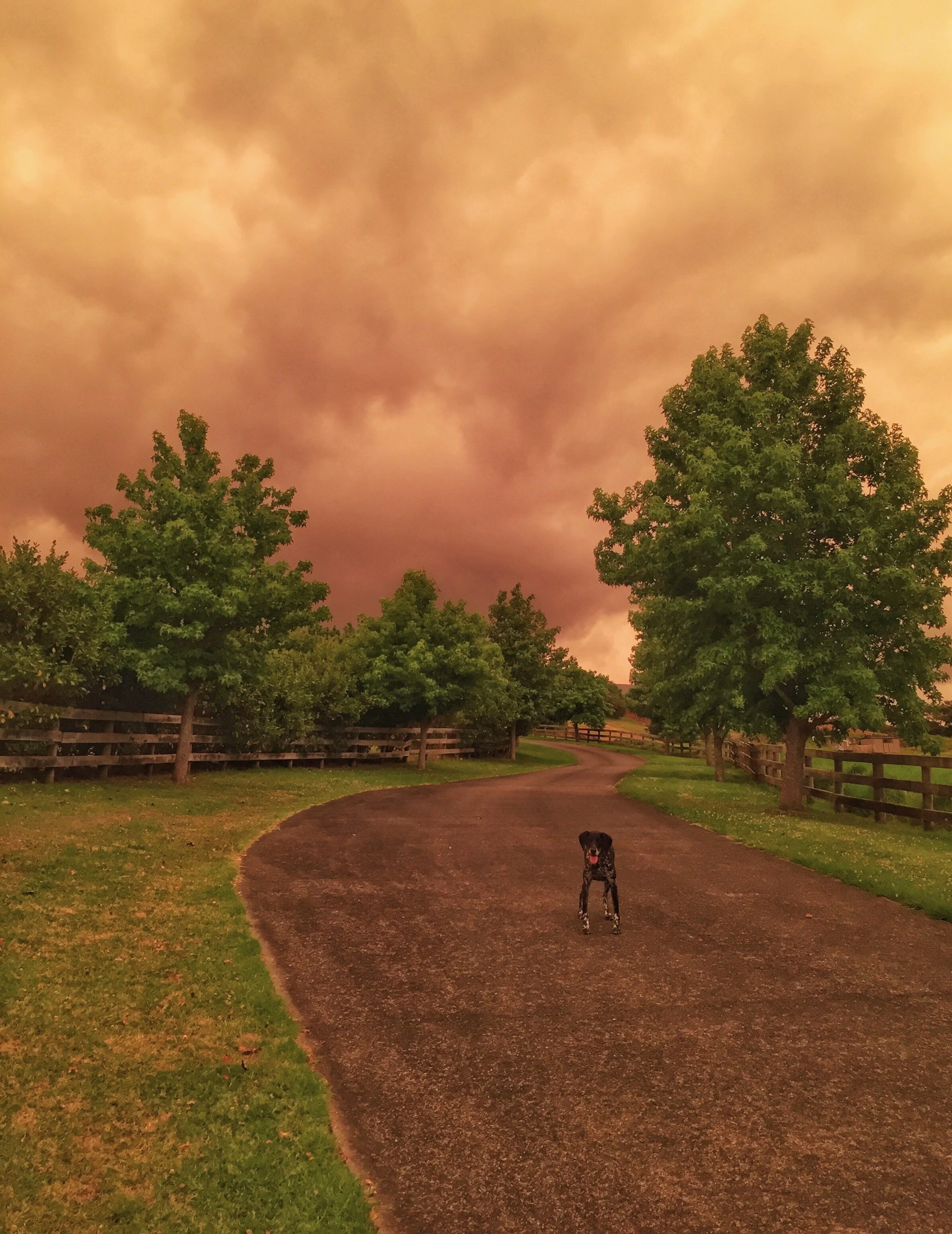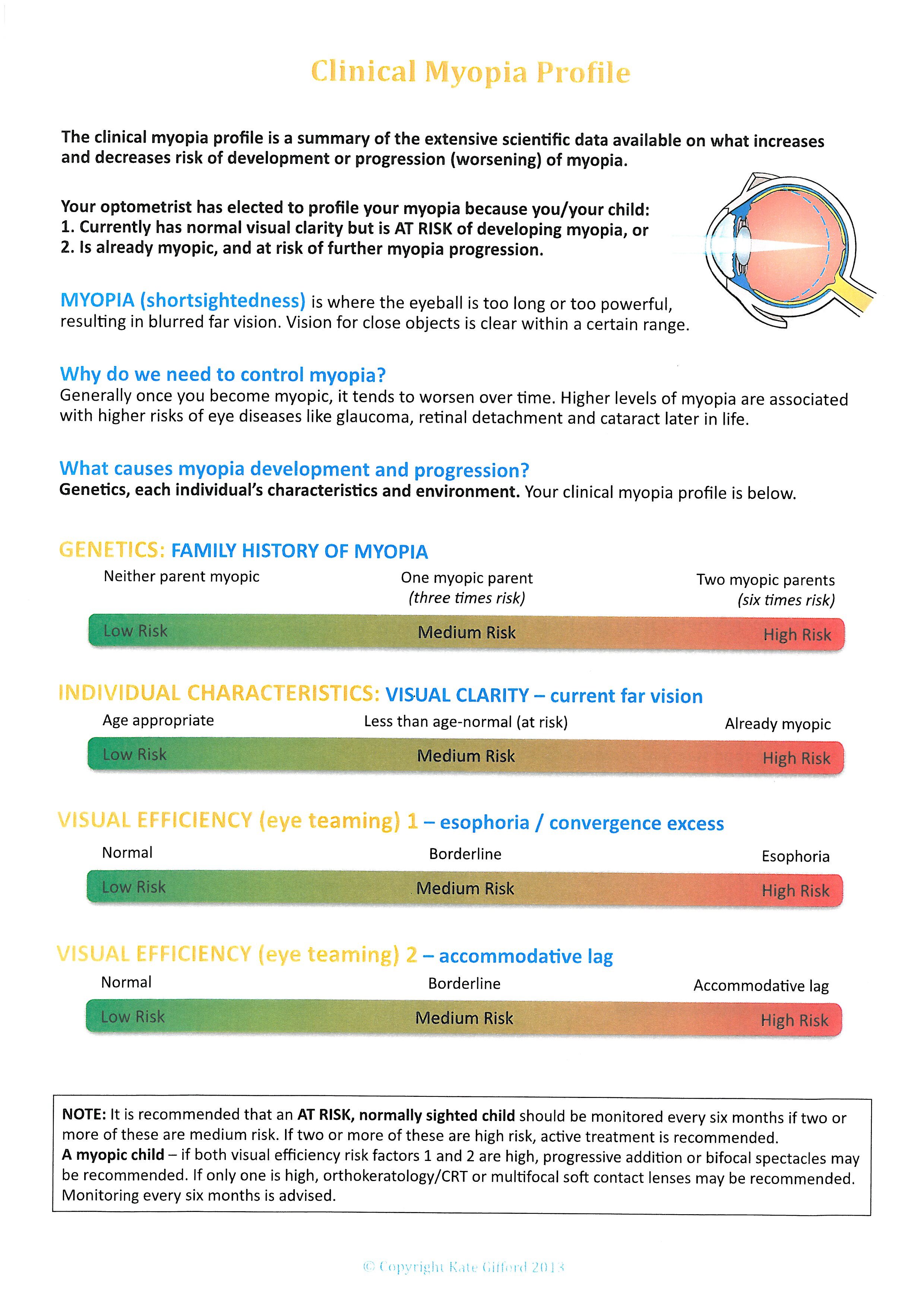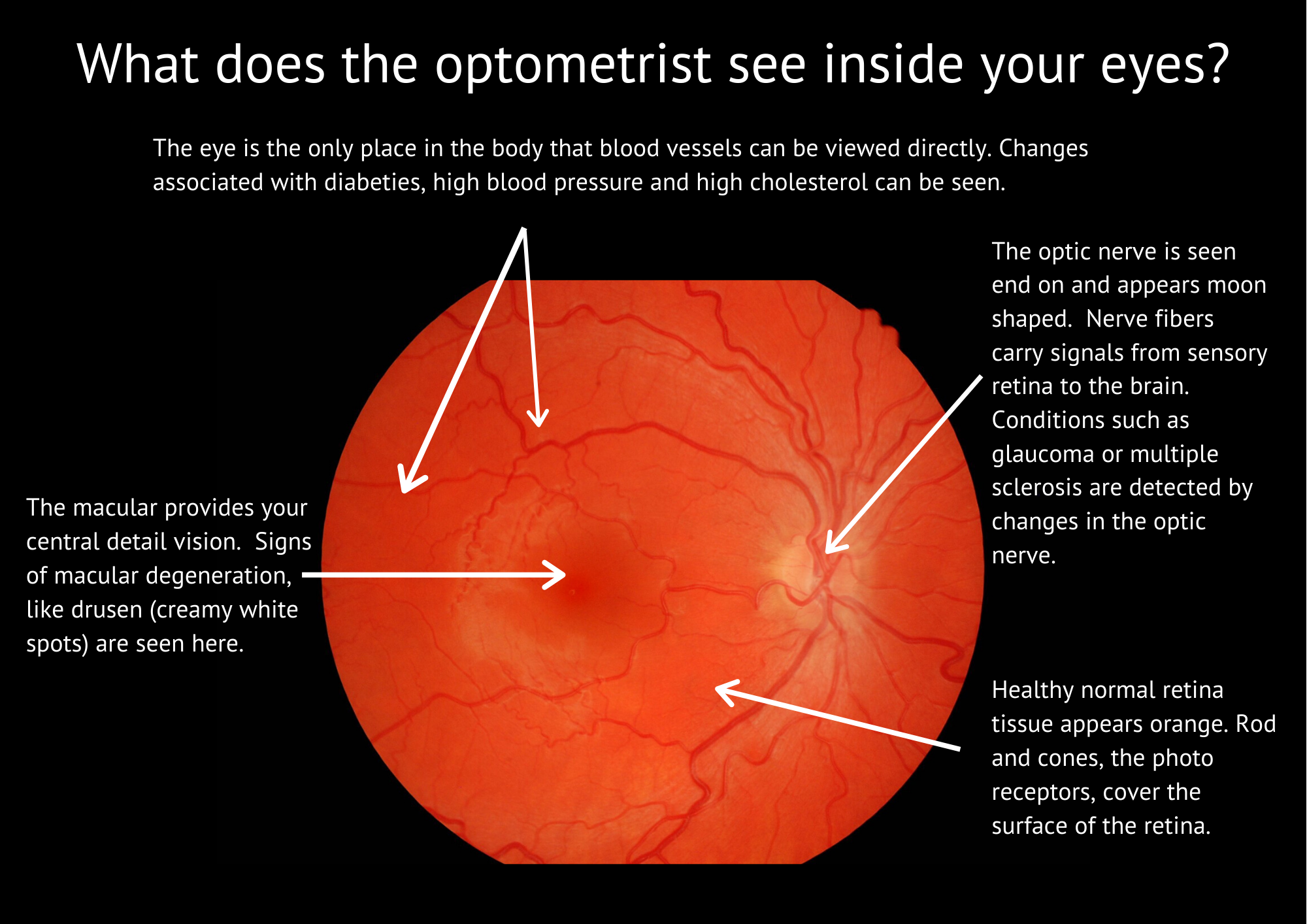The Sparkle APP lets you order your Bausch + Lomb (B&L) contact lenses from your smartphone - any time. And your lenses are delivered - it’s that easy. Follow the instructions below, we will register you and you are underway.
Smartphone Blindness
It has been reported in The New England Journal of Medicine that looking at your smartphone in bed at night could trigger a temporary loss of vision. Symptoms can be mistaken for a mini-stroke. However experts at Moorfields Eye Hospital have noticed the symptoms, usually lasting around 15 minutes, can be the result of looking at a screen in bed.
Two people attended the neuro-ophthalmology clinic at Moorfields Eye Hospital after experiencing repeated episodes of temporary vision loss which occured at night. All examinations and further tests were normal, including cardiovascular checks.
One case was a 40-year-old woman with a six-month history of recurrent loss of vision in one eye, lasting up to 15 minutes. The results of investigations for a vascular cause were again normal.
These symptoms occurred only after several minutes of viewing a smartphone screen, in the dark, while lying in bed (before going to sleep in the first case and after waking in the second). Symptoms were always in the eye opposite to the side on which the patient was lying.
A consultant neurologist at Moorfields, explained that both people typically looked at their smartphones with only one eye while resting on their side in bed in the dark – their other eye was covered by the pillow. While one eye adapts to the dark, the other gets used to the light of the device. When both eyes are opened, the one that has been staring at the screen cannot cope with the darkness and can experience temporary perceived blindness.
These episodes were ultimately harmless. But it is a good reminder, look at your phone with both eyes!
Air Pollution and Glaucoma - a correlation
Photo: Andrew Tunnicliffe
Air pollution may be a modifiable risk factor for glaucoma - timely to consider this as the fires burn on across the Tasman.
Researchers from UCL Institute of Ophthalmology and Moorfields Eye Hospital found that people living in areas with higher amounts of fine particulate matter pollution were at least 6% more likely to report having glaucoma. This was compared to people in the least-polluted areas.
This adds to other evidence that people in urban areas are 50% more likely to have glaucoma than people in rural areas. Air pollution may be a key contributor to that pattern.
“We have found yet another reason why air pollution should be addressed as a public health priority, avoiding sources of air pollution could be worthwhile for eye health alongside other health concerns,” said the study’s lead author, Professor Paul Foster (UCL Institute of Ophthalmology and Moorfields Eye Hospital).
“We hope to continue our research to determine whether air pollution does indeed cause glaucoma, and if there are avoidance strategies that could help people reduce their exposure to air pollution to mitigate the health risks.”
“Most risk factors for glaucoma are out of our control, such as old age or genetics. It’s promising that we may have now identified a second risk factor for glaucoma, after eye pressure, that can be modified by lifestyle, treatment or policy changes,” added Professor Foster.
The findings were based on 111,370 participants of the UK Biobank study cohort, who had eye tests from 2006 to 2010 at sites across Britain. The participants were asked whether they had glaucoma. Then they underwent testing to measure intraocular pressure, and have eye scans.
The data was linked to air pollution measures for their home addresses, from the Small Area Health Statistics Unit, with the researchers focusing on fine particulate matter (equal or less than 2.5 micrometres in diameter, or PM2.5).
The team found that people in the most-polluted 25% of areas were 18% more likely to report having glaucoma than those in the least-polluted quartile. Eye pressure was not associated with air pollution, which suggests that air pollution may affect glaucoma risk through a different mechanism.
Air pollution may be contributing to the constriction of blood vessels, which ties into air pollution’s links to an increased risk of heart problems. Another possibility is that particulates may have a direct toxic effect damaging the nervous system and contributing to inflammation.
Air pollution has been implicated in elevated risk of pulmonary and cardiovascular disease as well as brain conditions such as Alzheimer’s disease, Parkinson’s disease and stroke. Particulate matter exposure is one of the strongest predictors of mortality among air pollutants.
“We found a striking correlation between particulate matter exposure and glaucoma. Given that this was in the UK, which has relatively low particulate matter pollution on the global scale, glaucoma may be even more strongly impacted by air pollution elsewhere in the world. And as we did not include indoor air pollution and workplace exposure in our analysis, the real effect may be even greater,” said Professor Foster.
Considering Myopia Profile - are these eyes at risk?
For much of our working careers helping young people who were myopic (short-sighted) was simply a matter of prescribing glasses or contact lenses. Then adjusting the strength of the prescription as eyesight continued to deteriorate through the teenage years.
These days we know so much more about myopia, and how to we can manage myopia to try to slow down the rate of progression.
The best time to start is before eyes have become myopic, when we can identify young eyes at risk.
This tool shows how we evaluate the risk of a child developing myopia.
The good news - we can modify environmental risk factors.
If you have any questions, or would like to know more please get in touch.
What to expect at an eye examination?
If you are coming for your first eye examination what can you expect?
The foundation is your concerns. We would like to hear of any issues you have with your eyes, your vision, or your glasses and any problems you may have had with your eyes in the past, even if it is years ago. This is all useful and important.
Your eyesight will then be measured - “what size letter can you read on the chart”. Next will be a series of questions, “which is better lens 1 or 2”, as we refine and optimize your vision. The end result is a prescription which we can use for any glasses, or simply to compare with your existing pair.
Onto the health checks when we will examine your eyes on the microscope, starting at the front with the lids and eyes surface, moving through to the retina and nerve at the back (read more about what we see inside your eyes.) We will measure the eye pressure with a tonometer. This is important because increasing eye pressure means a greater the risk of getting glaucoma.
Sometimes we will recommend further testing, commonly a peripheral vision screening test. This test shines light in your field of vision where there would be reduced sensitivity in early glaucoma. We often use OCT scans to show a more detailed picture of the retina inside the eye.
With all this information we can help work out the solution for any difficulties you are having. Or simply be able to reassure you that your eyes and vision all look good - which is worth coming in for.
If we are recommending glasses, either first time glasses or a change to your current glasses, we will show you what to expect by mocking up lenses in a trial frame. Our team includes Dispensing Opticians who help with lenses, frames and sunglasses choices.
If you have any questions about having your eyes checked, don’t hesitate to contact us.
Things we can see in your eyes.
As part of every eye check we examine your eyes with a microscope - have you ever wondered what we can see? Here is the big reveal!
A lot of the tissue in the eye is transparent - so that light can pass through to get to the retina. Let’s start at the front - the cornea. We often see evidence of previous infections or injuries. In the fluid filled chamber inside the front of the eye our microscope allows us to see cells floating. Checking the lens we look for early signs of cataract. Then we see the vitreous gel, where we often find the ‘floaters’ which people describe for us. Finally the retina comes into focus.
The retina is red - sometimes seen as a red eye in photos taken using a flash. We have a check list as we examine the blood vessels, the optic nerve and the macula.
Sometimes we want to go deeper - to ‘look’ at the layers of the retina in more detail. This is when we use OCT scanning technology. While the information this provides is quite amazing, it does not quite match to viewing down the microscope - seeing individual red blood cells tumbling along the capillaries at the front of the eye will always be special for me.









